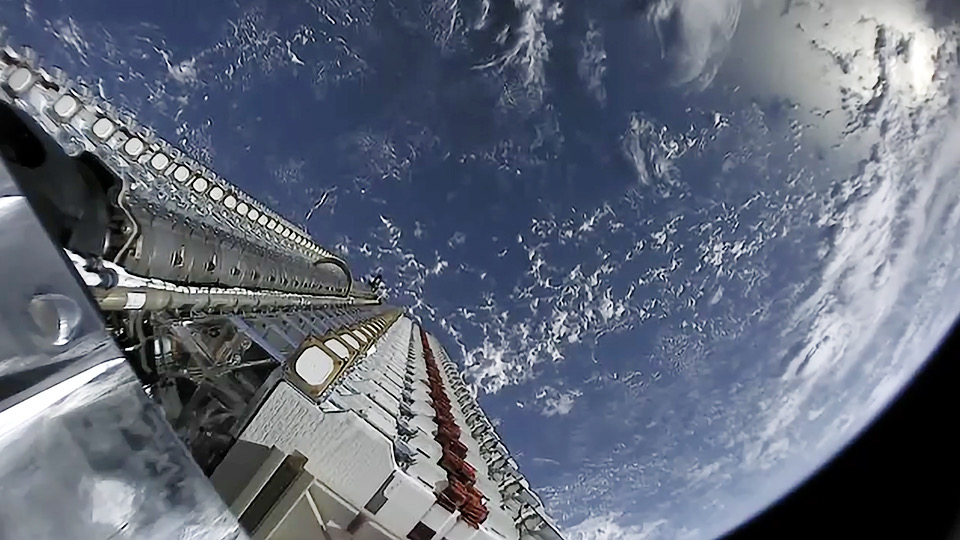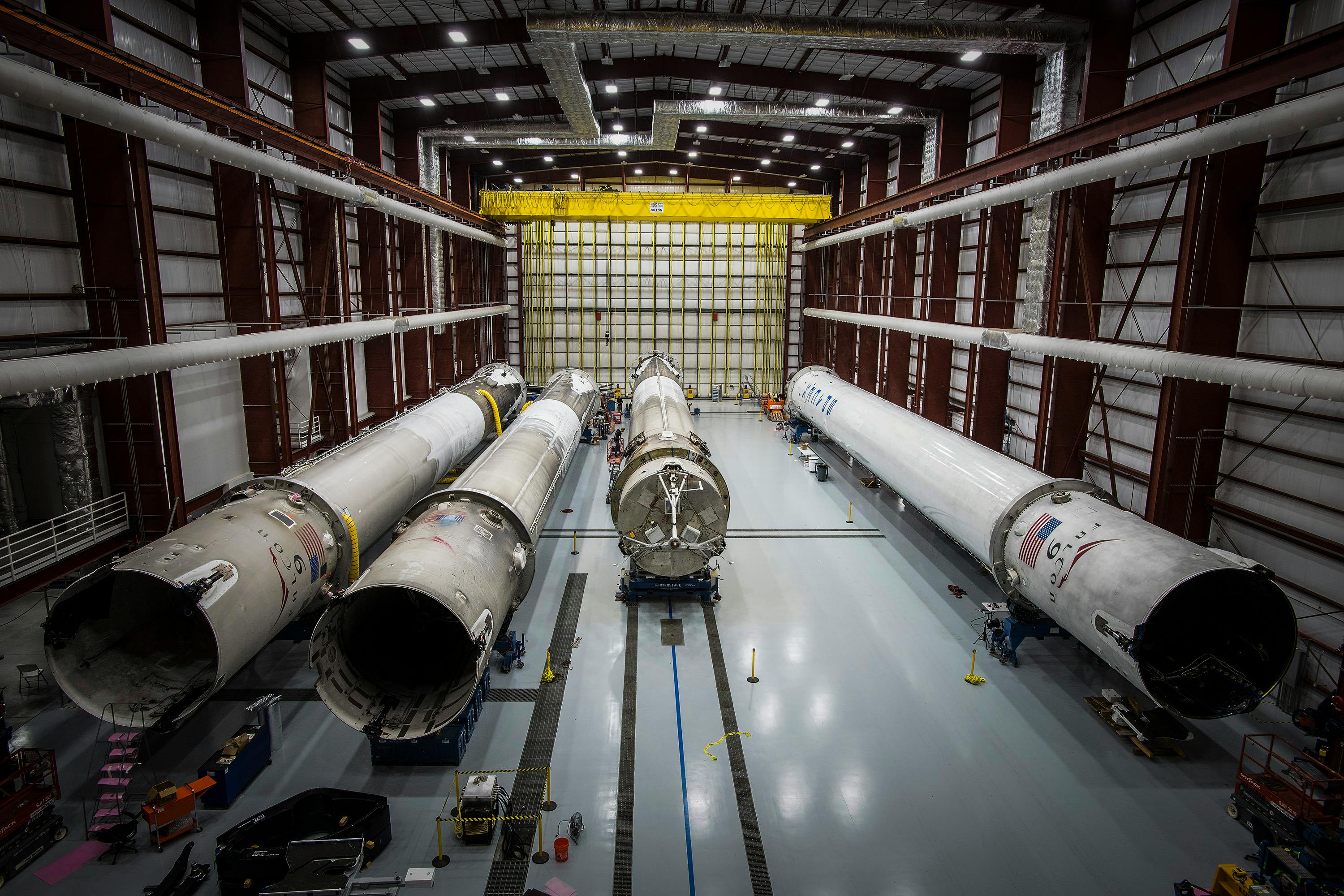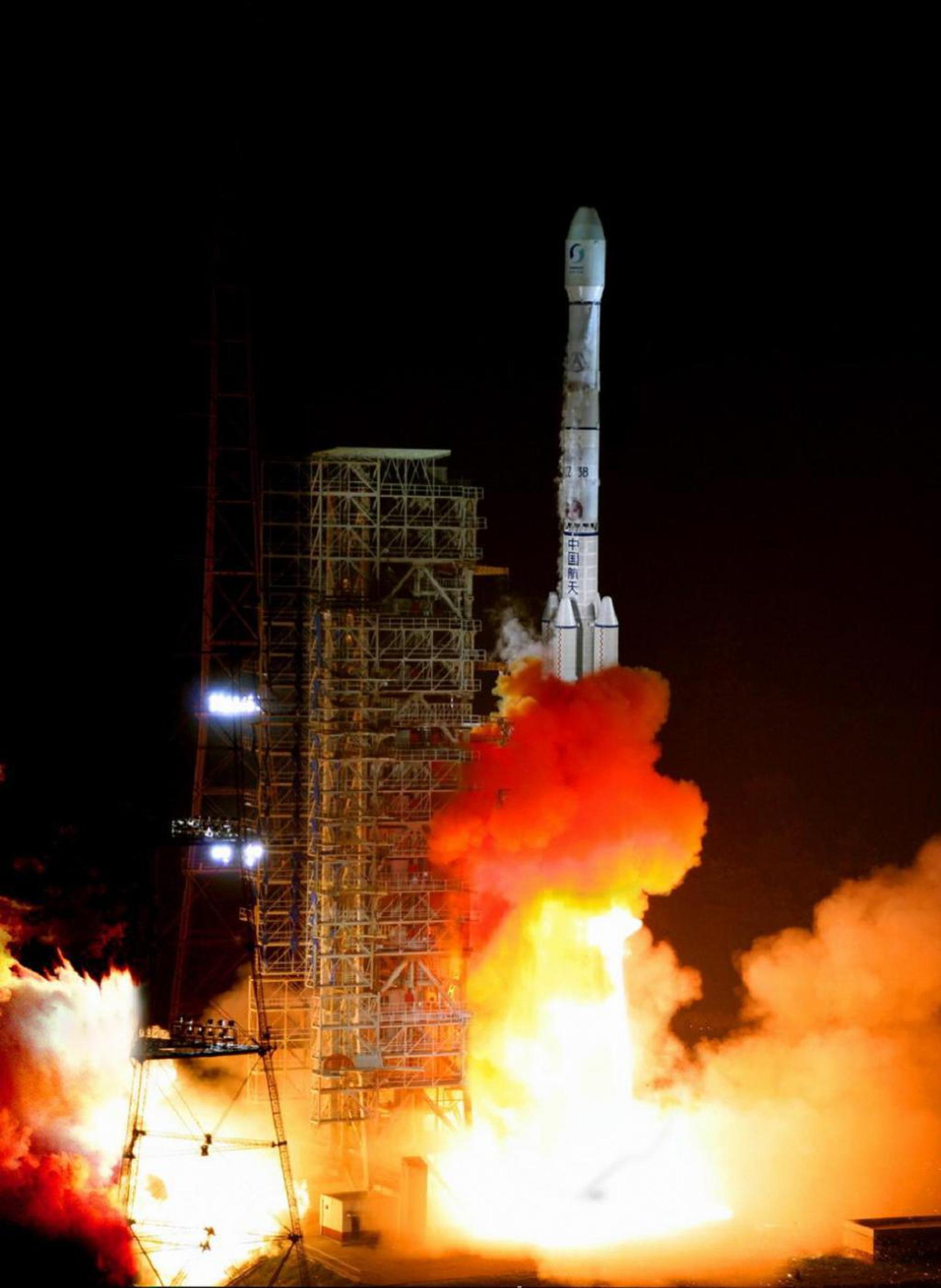· space brief · 6 min read
Space Brief 1 Aug 2025
Today's Space Brief covers a crucial weather data decision by the U.S. Defense Department, an innovative power supply for aerospace systems, advancements in satellite link technology, and Norway's maritime surveillance. AI/ML tools for airspace management and concerns about defense testing capabilities are also highlighted.

📄Top Stories
The U.S. Defense Department has delayed plans to end satellite weather data distribution, recognizing its importance for storm forecasts. Meanwhile, Frontgrade Technologies introduces a new power supply for space systems, and Norway enhances maritime surveillance with the AISSat-4 satellite. Also, BlackSky secures a Navy contract for optical satellite link upgrades, boosting data transmission capabilities.
📰Detailed Coverage
Defense Department Preserves Crucial Weather Satellite Data
The U.S. Defense Department has opted to continue dispersing essential satellite weather data, crucial for accurate storm forecasts, delaying an imminent phase-out. This decision highlights the ongoing reliance on satellite-derived data for national weather prediction infrastructure.
Technical challenges and logistics involved in transitioning to alternative data systems were cited in delaying the phase-out, emphasizing the indispensable role of satellite data. Explore how satellite tracking supports weather data dissemination on our app.
Read the full story: Space Daily
Frontgrade’s Power Supply Innovation for Aerospace
Frontgrade Technologies has announced a compact and intelligent power supply designed for VNX+ systems, targeting aerospace, defense, and space applications. This advancement promises increased reliability and efficiency for electronic components in critical environments.
The PSM28 Power Supply leverages cutting-edge technology to offer enhanced performance and robustness, making it an asset for future aerospace and defense systems. This aligns with the trends of equipping spaceborne systems with more reliable power solutions to support a range of missions.
Read the full story: SpaceNews
BlackSky Advances Optical Satellite Links with Navy Contract
BlackSky Technology Inc. continues to break ground in optical inter-satellite links (OISL) through a new phase of its U.S. Navy research contract. This venture aims to advance Gen-3 satellite constellations, focusing on rapid and secure data transmission for defense and intelligence operations.
The implementation of OISL technology is set to facilitate fast and secure high-resolution imagery exchanges, significantly enhancing military satellite communication networks. This initiative demonstrates growing technological synergies between commercial firms and defense sectors.
Read the full story: SpaceWar
Norway Strengthens Maritime Surveillance with AISSat-4
SFL Missions Inc. has been contracted by the Norwegian Space Agency to develop and deploy AISSat-4, a nanosatellite for maritime surveillance. Scheduled for a swift launch, AISSat-4 aims to expand Norway’s capability to track maritime activities.
Built on the SPARTAN 6U platform, this satellite will enhance Norway’s ship-tracking network as existing satellites in the constellation reach end-of-life. The project underscores the growing importance of advanced satellite systems in national maritime security strategies.
Read the full story: SpaceWar
Army Looks to AI/ML for Airspace Management
The U.S. Army is exploring AI and machine learning tools to manage increasingly complex and crowded airspace environments as part of its NGC2 initiative. The integration of these technologies seeks to address challenges posed by modern airspace operations.
As traditional airspace management strategies become obsolete, the Army’s call for AI solutions emphasizes the necessity of innovative tools to maintain operational coherence and safety. This reflects a broader trend of adopting AI in defense operations for enhanced decision-making capabilities.
Read the full story: Breaking Defense
Concerns Rise Over Pentagon Testing Office Resources
During recent discussions, U.S. senators expressed concerns about the capability of a reorganized Pentagon weapons testing office to fulfill its mission. The resource constraints following the office’s restructuring have raised alarms about future weapons testing efficacy.
Senator Elizabeth Warren noted the potential impact on the office’s mission, sparking debate over the implications of resource limitations on national defense preparedness and technology validation processes.
Read the full story: Breaking Defense
🛰️Satellite Spotlight
- Satellite Name: CARTOSAT-3
- NORAD ID: 44804
- Launch Date: November 27, 2019
- Mission: Earth observation
- Orbit: LEO
- Operator: ISRO (Indian Space Research Organisation)
- Fun Fact: Cartosat-3 is designed to provide high-resolution images for urban and rural planning, agriculture, and infrastructure development.
Track this satellite in real-time on our web app: Track CARTOSAT-3
🌌Space Weather
Space weather conditions are currently quiet.
Current
R0 - S0 - G0
Last 24 Hour Maximums
R0 - S0 - G0
Recent Alerts
- Alert Issued: Electron 2MeV Integral Flux exceeded 1000 pfu.
- Threshold Reached: 2025 Jul 31, 1635 UTC
- Station: GOES19
- Potential Impacts: Satellite systems may experience significant charging, increasing risk to satellite operations.
Next 24 Hours
-
Radio Blackouts Probability
- Minor: 30
- Major: 5
- Risk: None
-
Solar Radiation
- Probability: 1
- Risk: None
-
Geomagnetic Storming
- Scale: 0
- Impact: None
- Activity: Low
-
Impact Summary
- Next 24 hours: No risk of radio blackouts or solar radiation storms.
- Geomagnetic outlook: No G1 (Minor) or greater geomagnetic storms are expected.
- There are no significant transient or recurrent solar wind features forecast.
- Radiation outlook: No S1 (Minor) or greater solar radiation storms are expected.
- No significant active region activity favorable for radiation storm production is anticipated.
Long Term Forecast
- Forecast of Solar and Geomagnetic Activity (28 July - 23 August 2025):
- Solar activity expected to be mostly low, with potential M-class (R1-R2, Minor to Moderate) flares.
- No proton events are expected at geosynchronous orbit.
- Greater than 2 MeV electron flux at geosynchronous orbit anticipated to be high on specific dates due to recurrent CH HSS influences.
- Geomagnetic field activity likely to reach active to G1 (Minor) storm levels on select dates, due to recurrent CH HSS effects. Quiet to unsettled conditions expected on the remaining days.
🚀Upcoming Space Launches
August 1
- SpaceX Falcon 9:
- Crew-11 from Kennedy Space Center (15:43 UTC) SpaceX Crew-11 is the eleventh crewed operational flight of a Crew Dragon spacecraft to the International Space Station as part of NASA’s Commercial Crew Program.
August 3
- Blue Origin New Shepard:
- NS-34 from Corn Ranch, Van Horn, TX, USA (12:30 UTC) NS-33 is the 14th crewed flight for the New Shepard program and the 34th in its history.
August 4
-
SpaceX Falcon 9:
- Starlink Group 10-30 from Cape Canaveral SFS, FL, USA (04:11 UTC) A batch of 28 satellites for the Starlink mega-constellation - SpaceX’s project for space-based Internet communication system.
-
China Aerospace Science and Technology Corporation Long March 12:
- SatNet LEO Group TBD? from Wenchang Space Launch Site, People’s Republic of China (10:14 UTC) A batch of Low Earth Orbit communication satellites for the Chinese state owned SatNet constellation operated by the China Satellite Network Group. The constellation will eventually consist of 13000 satellites.
August 5
-
Rocket Lab Electron:
- The Harvest Goddess Thrives (iQPS Launch 4) from Rocket Lab Launch Complex 1, Mahia Peninsula, New Zealand (03:45 UTC) Synthetic aperture radar Earth observation satellite for Japanese Earth imaging company iQPS.
-
SpaceX Falcon 9:
- Starlink Group 11-25 from Vandenberg SFB, CA, USA (20:00 UTC) A batch of satellites for the Starlink mega-constellation - SpaceX’s project for space-based Internet communication system.
August 7
- SpaceX Falcon 9:
- Project Kuiper (KF-02) from Cape Canaveral SFS, FL, USA (14:01 UTC) Second of a three launches contract for Amazon’s Kuiper low Earth orbit satellite internet constellation. 24 satellites are on board.
August 9
- United Launch Alliance Vulcan VC4S:
- USSF-106 from Cape Canaveral SFS, FL, USA (00:15 UTC) USSF-106 is a mission for the United States Space Force. The launch will deploy various payloads directly into geosynchronous orbit, including the NTS-3, a demonstration navigation satellite testing a new digital signal generator.
August 10
- SpaceX Falcon 9:
- Starlink Group 17-4 from Vandenberg SFB, CA, USA (02:05 UTC) A batch of 24 satellites for the Starlink mega-constellation - SpaceX’s project for space-based Internet communication system.
Note: Launch dates and times are subject to change due to technical or weather considerations.

Maurice Stellarski




